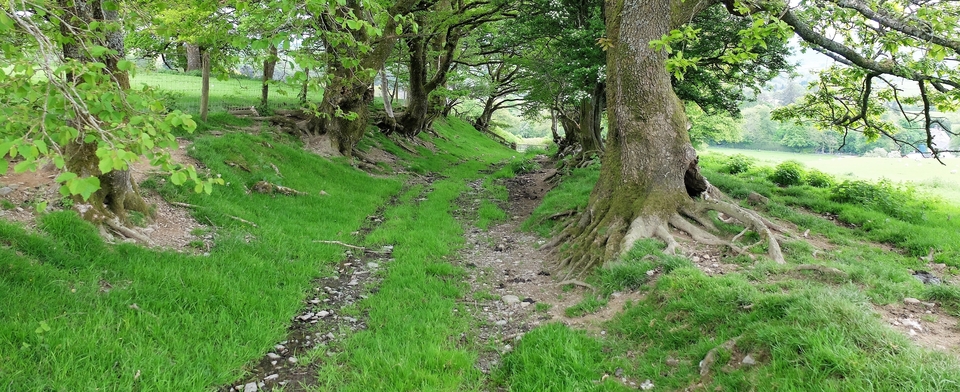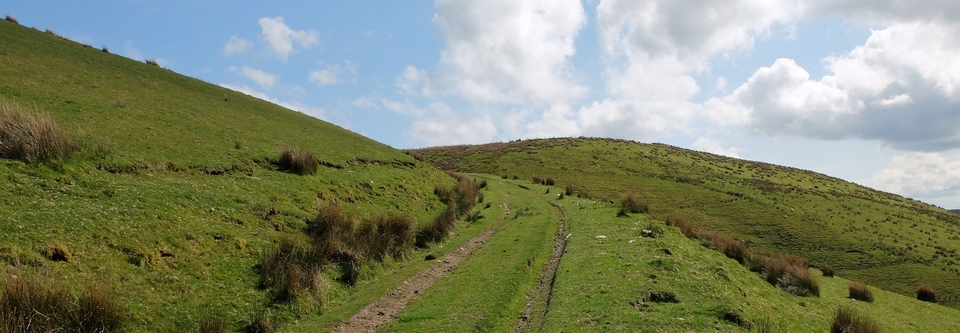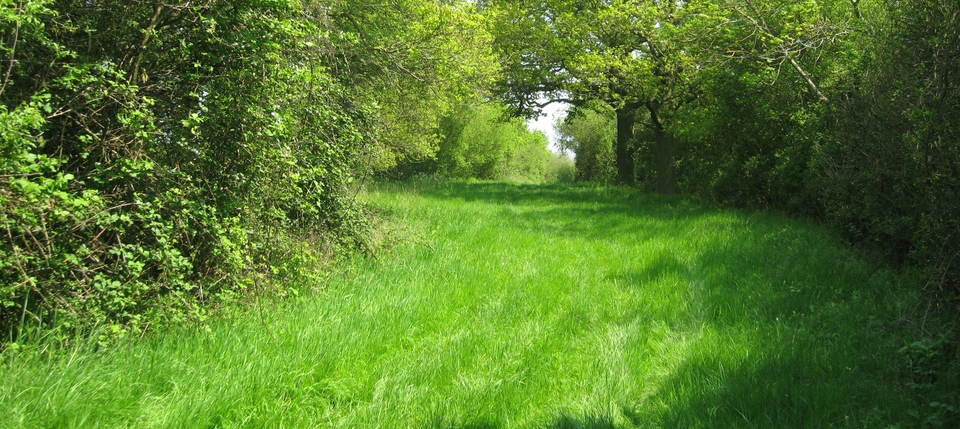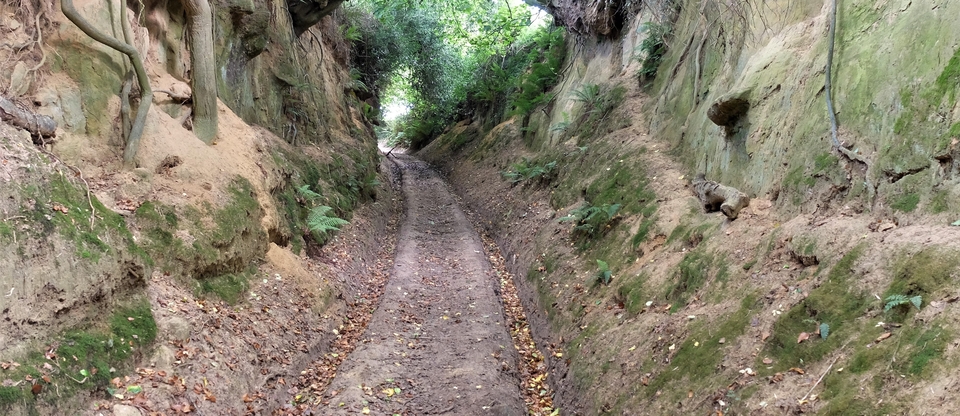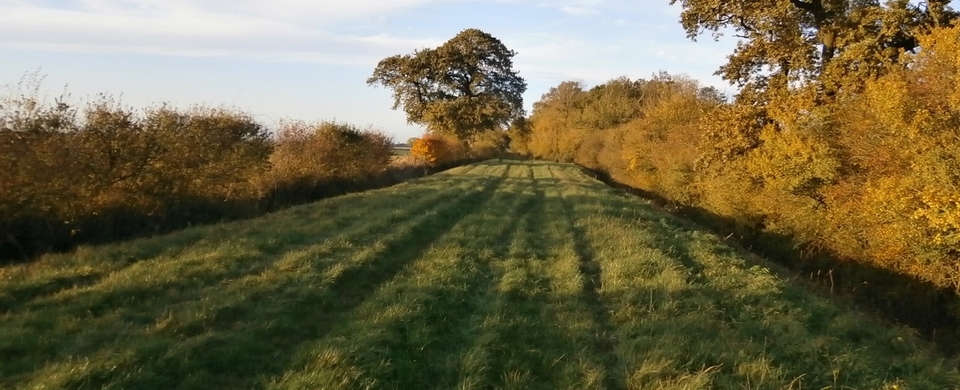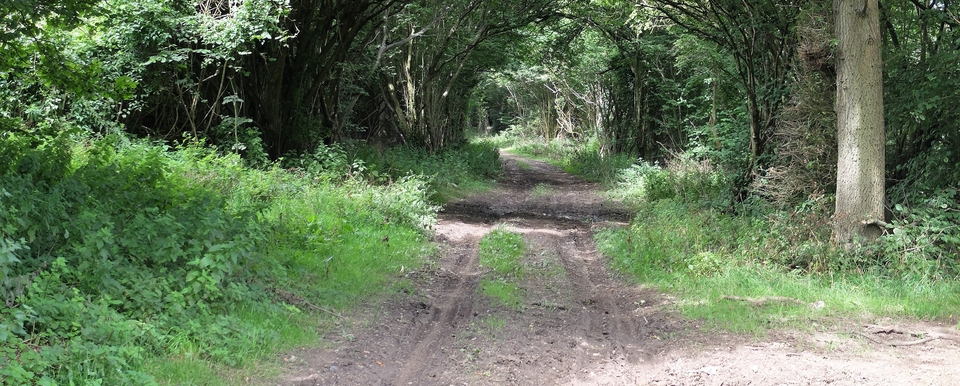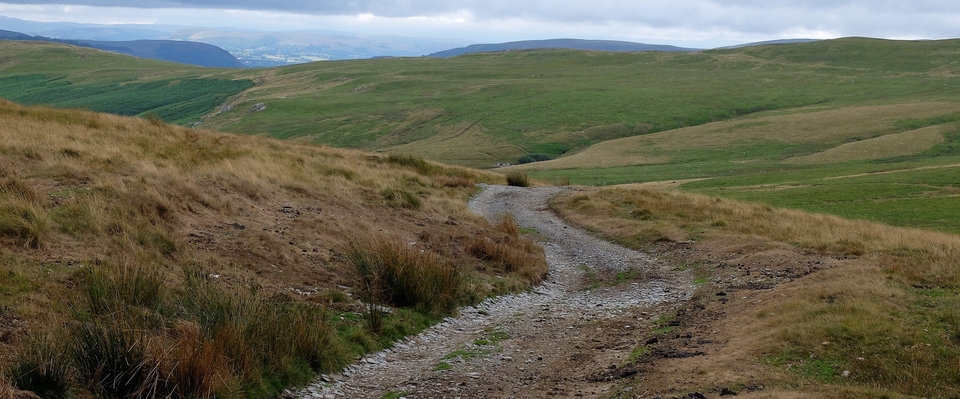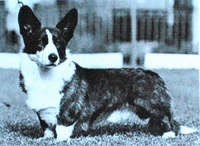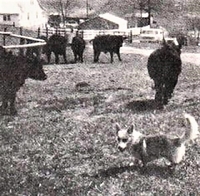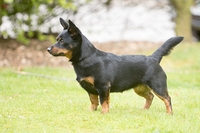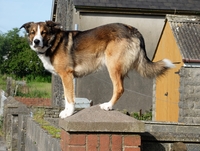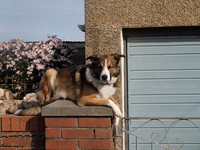The Dogs
I was only reminded the other day (May 2023) by Keith MacDonald that I hadn’t included an article on the drover’s most reliable friend – his dog. (Unless he was the Porthmon, or head drover, in which case I suppose his mrf was his pony.)
Corgi – see #1 – is Welsh for “little dog”. He’s a bully, he nips the hocks of the cattle and guards the half-open gateway. Most importantly, he ‘keeps the cattle up to speed’. No slacking or grazing with a couple of corgis behind you. What annoys the cattle most of all is they can’t fight back: the corgi’s too small and quick, he can evade the thrashing hooves easily and he’s afraid of nothing.
Thomas Bewick (the engraver) talks in 1811 about the “cur dog”, a coally (= collie?) that is larger & stronger than a shepherd’s dog, with a smoother & shorter coat. Which brings me back to Keith, who pointed out a Wikipedia article about the Cur (https://en.wikipedia.org/wiki/Cur). According to that, the cur was used in the North of England by cattle drovers but is now extinct. (You’ll see the reason for the italics in para 5.)
Curs are ‘heelers’, always at the cow's heels; their tails were short and stumpy as if they’d been docked, their character is “cunning, clever, busy and restless”. It was said they could differentiate between the master’s cattle and another man’s – and could separate the two herds. Wikipedia goes on: “some writers believe that it was the cur, not the collie, that was crossed with the dingo to create the (now extinct) Hall’s Heeler in Australia.”
I’ve had #2 for a long time and below it I have written “nipper&cattle”, but have no idea how long ago it was taken or whether “nipper” is the dog’s name or a breed! #3 is a Lancashire or Manchester Heeler, regarded by the Kennel Club as “endangered”, but not that hard to find. And #4 and #5, appropriately named “Drift”, belongs to a guy up the road. But whether these dogs can be classed as “Curs” I wouldn’t know. Anyway, the breed is not yet, I’m glad to say, extinct.
There are plenty of tales about drove dogs. ARB Haldane, in his brilliant book The Drove Roads of Scotland, talks of a lady travelling by coach in 1840 who frequently saw collies making their way home unaccompanied. They would stop at inns for food and shelter and the owner would settle up with the innkeeper the following year.
(Nothing strange about that: do you remember the Welsh family who sold their collie to a family in, I think, Cumbria – but the dog escaped and found his way back to Wales. And he’d been taken to Cumbria by car! It happened under 10 years ago.)
I’ll have to end with Carlo, who had guided his owner’s cattle from Wales to Kent. There the drover/owner decided to sell his pony and return by coach. Maybe coaches didn’t accept dogs; maybe the owner wanted the dog to warn his wife of his return, in case there was any funny business going on… Anyway, the pony’s harness was strapped to the dog’s back and a note was attached (somehow) telling the innkeepers en route to give Carlo food & shelter and they’d be paid the next year. Carlo took only a week to get home. And there’s no record of him catching the wife out.
The sad thing is that the dogs were often maltreated by their owners, according to witnesses. Or was that a comfortable man’s view of what was often a harsh life?
Thanks, Keith!
